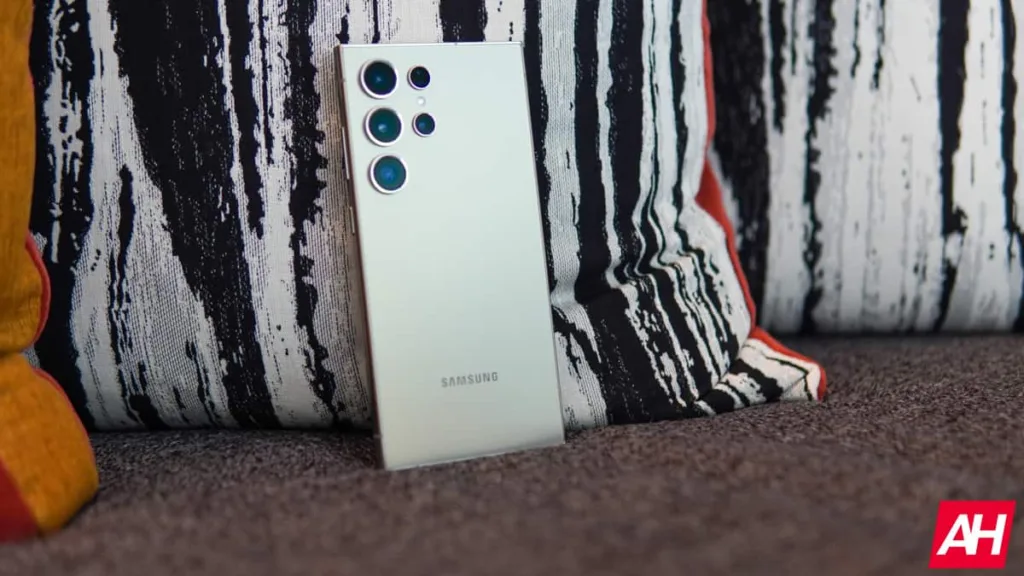Antique home decor is not only about placing some furniture in a room, it is about creating a storyline that underlines the timelessness of it. Each antique style is a mirror of the era of its creation, with the stories and aesthetics of that period. While probing into the evolution of these styles, we reveal an abundant pattern of history, which has spanned over several centuries, from the splendour of Renaissance to the simplicity of the mid-20th century modernism
This art of historic home decor not only satisfies our perfectionism from the past but also offers a variety of ideas for modern interior arrangement. This blog is a detailed analysis of the important periods in the antique home decor, emphasising their unique characteristics and enduring influence on the design world.
The Renaissance
The Renaissance, when art and science thrived, became an important source of inspiration for designing homes. The style was first introduced in Italy in the 14th century and it aimed at harmony, symmetry, and proportion, and it was based on classical antiquity. The houses were decorated with frescoes, big tapestries and furniture with columns, arches, and not to mention motifs that were inspired by Greek and Roman myths. During this period, wood panelling and coffered ceilings were added to well-to-do homes, highlighting the perfection of their craft.
Influence on Future Style
The Renaissance provided the groundwork for many of the future’s decorative styles. The emerging Classical style with its emphasis on classic purity and symmetry is the precursor of the Baroque period’s dynamic expressions and the neuro-classicism linearity. The resurgence of classical learning and aesthetics during the Renaissance left a mark that is still visible in today’s design, particularly in the use of open, symmetrical spaces and detailed inlay work.
Baroque
The Baroque style originated in the early 17th century and expressed itself in drama, grandeur and movement. Contrary to the balanced proportions of the Renaissance, Baroque decor was characterised by the use of bold contrasts and movement. A wide selection of rich colour palettes, dramatic lighting, and large murals and frescoes full of emotion and movement illustrated vast tales. Furniture pieces were heavy and plush, often gilted and draped with fabrics and ornamented with marquetry inlays.
Famous Examples
The palace of Versailles is the epitome of Baroque architecture and interior design. The Hall of Mirrors, with gilded statues and intricate ceiling decoration, is a symbol of luxury in that Baroque era characteristic.
Rococo
Rococo appeared in early 18th century France as a reaction to the Baroque’s formality and grandeur, which it replaced with a liking for lightness, elegance, and a lavish use of curves. The interiors were more cosy and richly decorated, possessing pastel colours, asymmetrical patterns, and images of love, nature, and spontaneous play. Mirrors, embellished panels, and small sculptures served as decorative elements for the individual rooms.
Movement from Baroque
The less symmetry and heavy load was kept by Rococo from Baroque for the sake of fluidity and freedom. This style was less about the ostentation of gigantism and more about individual comfort and excess which sets it apart from the previous style.
4. Victorian
The Victorian era, which is named after Queen Victoria who ruled Great Britain from 1837 till 1901, is famous for its stylish eclectic decor. Furniture, curtains, and everything else used to decorate Victorian interiors were extremely elaborate and ornate. Dark wood furniture, intricate wallpaper designs, and deep, rich colour schemes were the main features of the homes back then. The produced style went on to introduce mass production of decor items indicating the industrial revolution’s consequences.
Effect on Modern Design
In the present day, Victorian elements are usually combined with modern designs to create a warm, rich, and layered look. It is characteristic patterns and fabrics of the bygone age that we see in modern houses, which leave an impression of timeless elegance and nostalgia.
Art Nouveau
At the beginning of the 20th century, Art Nouveau was a new style that stood out with its flowing lines, natural forms, and organic shapes. Instead, this style signified a turn away from the history revivals that had been prevalent in earlier periods and adopted motifs influenced by plants, flowers, and even whimsical interpretations like dinosaur statues. The main characteristics of this style were the stained glass, richly detailed tile work, and graceful and asymmetrical forms.
Notable Artists and Artisans
Artists such as Louis Comfort Tiffany and Antoni Gaudì laid the groundwork for the Art Nouveau movement. Tiffany’s lamps and stained glass designs have become emblematic as have the undulating, organic, mosaic adorned architectural works of Gaudí such as Casa Batlló.
6. Mid-20th Century Styles
Art Deco and Mid-Century Modern movements, exemplifying mid-20th century design philosophy with its sleek shapes and simple designs, are strongly represented on the timeline. Art Deco is the combination of luxury with bold geometric shapes, while Mid-Century Modern is all about simplicity, organic shapes and the ability to blend with nature seamlessly. The emergence of Modernist architecture can be seen in the interwar years. It contained an ultra-modern style that focused on practicality but without compromising on aesthetics in both residential and commercial settings.
Summary of Styles
This time was marked with Art Deco and Mid-Century Modern—styles that are characterised by their straight lines and utilitarian concepts. Art Deco mixed modern styles with superior craftsmanship and exquisite materials, and, on the contrary, Mid-Century Modern opted for simplicity and unity with nature
Features and Main Personalities
Art Deco was characterised by geometrical shapes, flashy colours, and exclusive materials, and can be observed in the Chrysler Building. Contrary to Mid-Century Modern which focused on simple lines, natural forms and the minimal presence of ornaments that are characteristic of functional and well-designed furniture of the designers, such as Charles and Ray Eames.
Conclusion
The evolution of antique home decor styles is not only about the change of the aesthetic, but it shows a dialogue between form, function, and art through different periods. Styles that are imbued with history and character continue to be sources of inspiration for modern interiors, and we can only imagine how influential they’ll be in the future. Items from the past, like the once-popular lawn jockey, which is still occasionally found for sale, remind us of the complex narratives embedded in antique elements.
Through the realization and valuation of these ancient styles, we can thus have interiors that are not just beautiful and long-lasting but that also narrate the story of the cultural evolution, encouraging us to reflect on the different contexts these styles emerged from.












